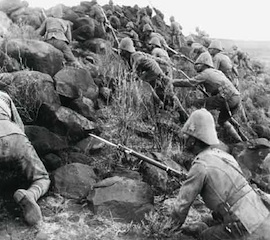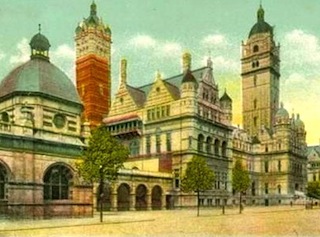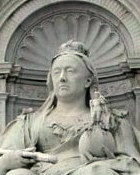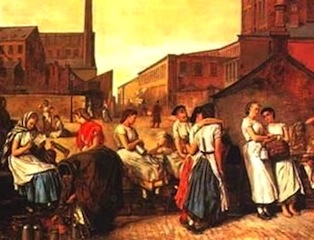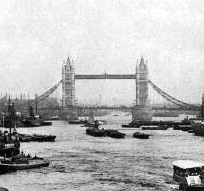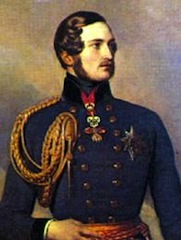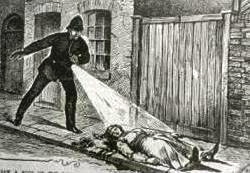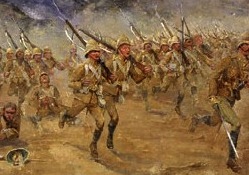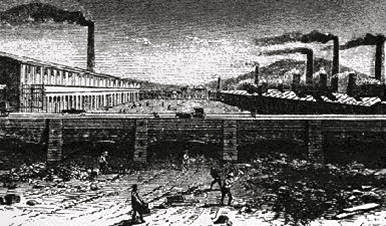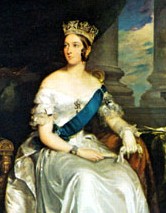|
Since it has pleased Providence to place me in this station, I shall
do my utmost to fulfill my duty towards my country; I am very young
and perhaps in many, though not in all things, inexperienced, but I
am sure that very few have more real good will and more desire to do
what is right than I have.
|
|
—Queen Victoria, age 18, upon her accession to the throne, 1837
|
No one ever, I believe, has met with such an ovation as was given to me,
passing through those miles of streets... the crowds were indescribable...
the cheering was deafening and every face seemed to be filled with real joy...
From my heart I thank my beloved people. May God bless them.
|
|
—Queen Victoria, age 78, upon her Diamond Jubilee, 1897
|
WHEN QUEEN VICTORIA died in 1901 she had ruled Britain
and its empire for sixty-four years, longer than any other monarch in British history. The era to
which she gave her name saw one of the most remarkable transformations in that history and indeed
in the history of the world. Today Victorian society continues to fascinate historians and the
general public alike. It was a time marked by dynamic change and striking contrasts. The rise
of industrial capitalism was accompanied and enabled by brilliant innovations in science and
technology. While this was the engine that drove Britain's political and economic predominance
on the world stage, it was also the source of much political and social discontent at home.
Victorian society was often constrained by a strict and stultifying class system, with its own
narrow moral and social codes, and yet from within this conformity emerged some of the most
creative and intellectually fearless minds of any age. The Victorians were imbued with the
ideals of progress and humanitarian reform while at times coldly indifferent to the worst
suffering in their midst. They ushered in a revival of religion while advancing scientific
theories that challenged its most fundamental teachings. They amassed an empire upon
which the sun never set at a time when foreign powers were closing the gap with Britain's
economic and military advantage. From imperial pomp and pageantry to grinding poverty
and urban squalor, from class rigidity to bold individuality, from colonial outposts
at the furthest reaches of the globe to "little England," and from daring vision to
prim narrow-mindedness the Victorians remain a lasting study in contrast.
This seminar traces the various and often competing strands of British and imperial society
from the early nineteenth century to the onset of the First World War. The first half of the course
will be devoted to reading various primary and secondary sources. The scope of the readings and
discussions will address the political, social, religious, gender, and intellectual dimensions of
Victorian Britain and its empire. Through group discussion, students will become acquainted with
the most significant debates and historical schools of thought about the Victorians. The second
half of the course will be devoted to individual research and presentations as students prepare
their theses.
|


